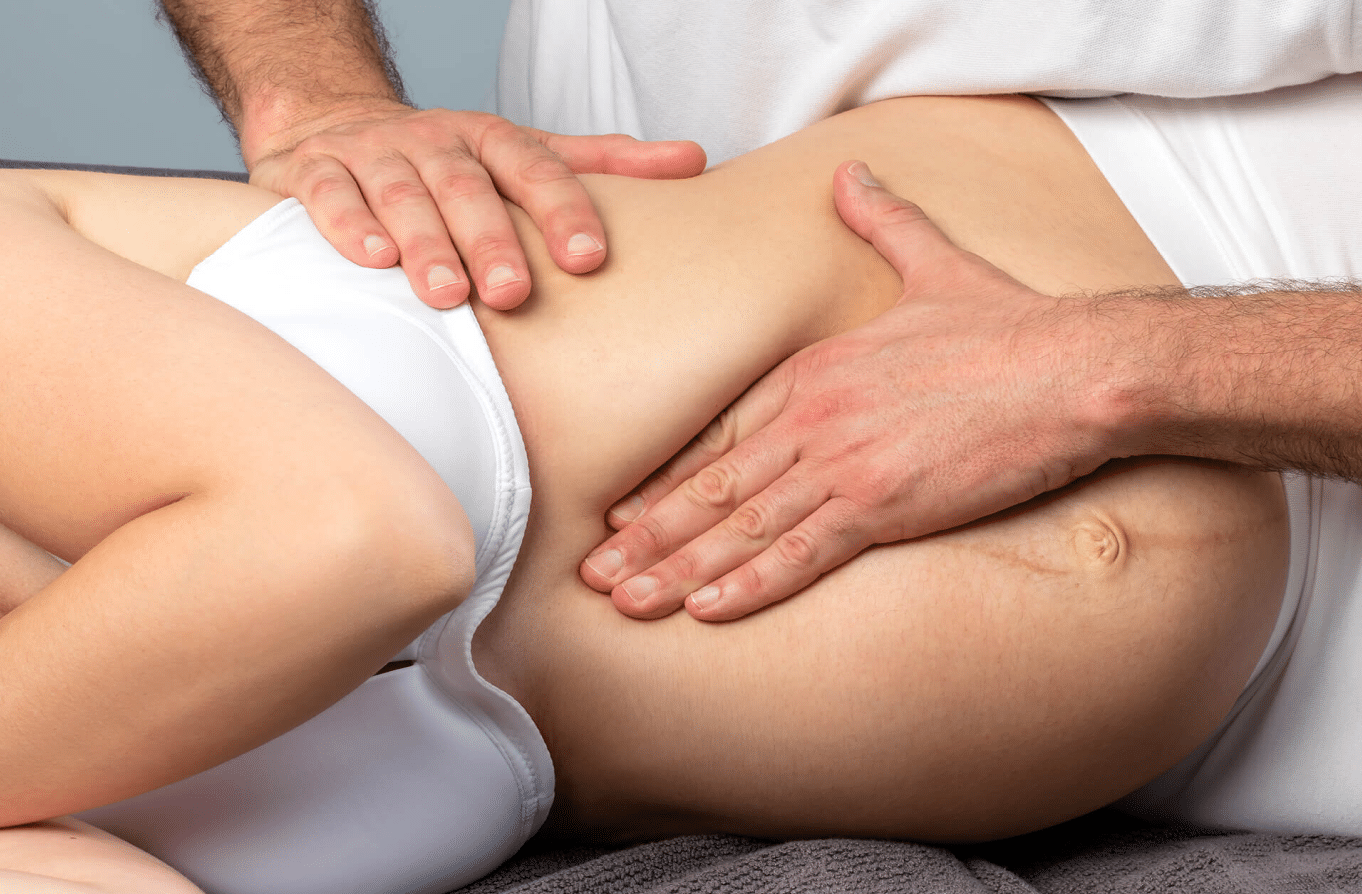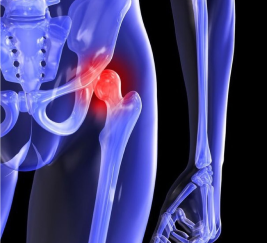Osteopathy & Pregnancy
Early stages of pregnancy may be associated with symptoms such as nausea, morning sickness, headache, dizziness and fatigue. As the pregnancy progresses, the extra weight creates a shift in the body’s centre of gravity (forward weight carriage), an alteration of the spinal curves and relaxation and softening of the muscles and supporting ligaments of the body. These changes may cause an increase in mechanical stress to the musculoskeletal system, resulting in pain and discomfort.
The most common complaints associated with pregnancy include∶
- Lower back and buttock pain.
- Sciatica (leg pain).
- Neck, shoulder and middle back pain.
- Headaches.
- Pelvic girdle instability.
- Sacro-iliac Joint pain.
- Pubic symphysis pain.
- Carpal Tunnel Syndrome.
- Pelvic floor weakness and incontinence.
- Poor abdominal tone.


Is it safe to have osteopathic treatment during pregnancy?
Absolutely! The osteopathic techniques used to treat a pregnant woman are both gentle and carefully selected to ensure that the mother-to-be is comfortable at all times.
Should I have an osteopathic treatment following the birth of my newborn?
Many new mothers receive osteopathic treatment following the birth of their newborn in order to correct the body imbalances that may be present, particularly to the pelvis, lower back and mid back region. Ask your osteopath when it would be appropriate to commence your osteopathic treatment following the delivery of your newborn.





